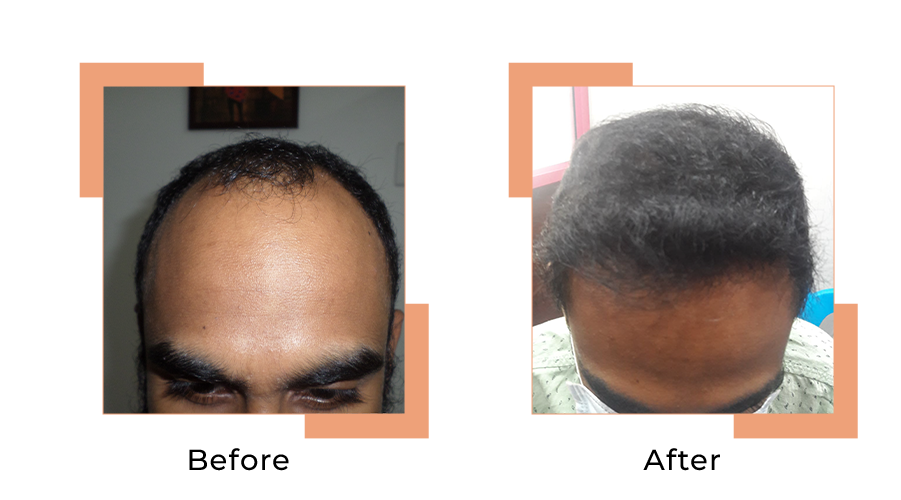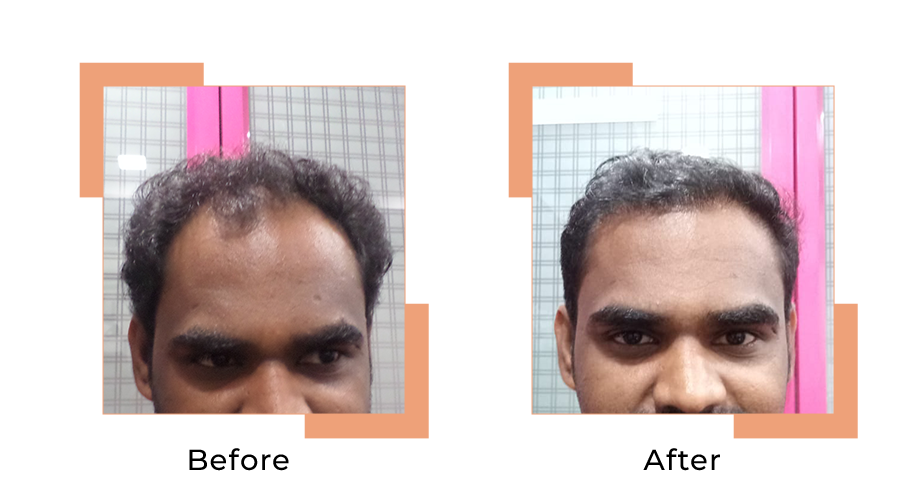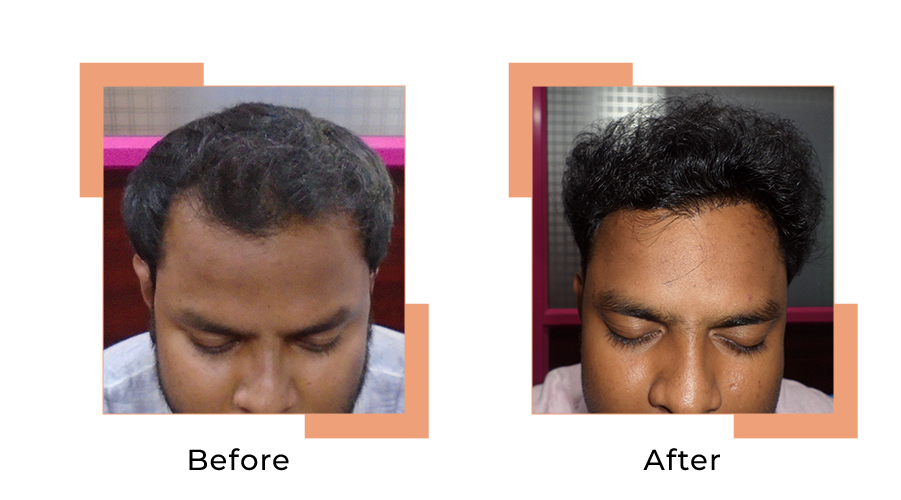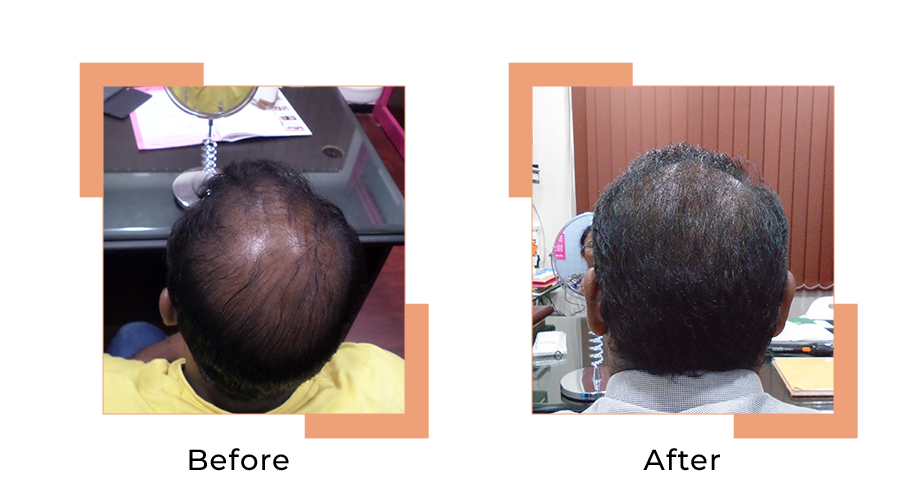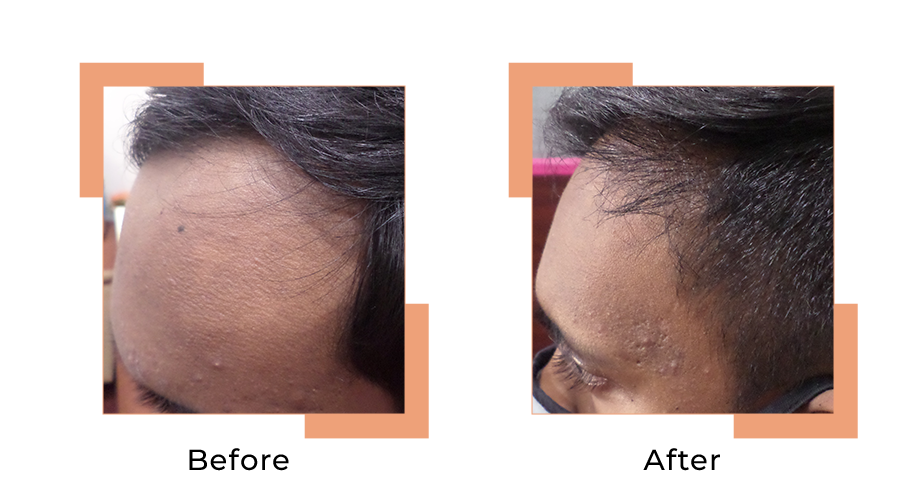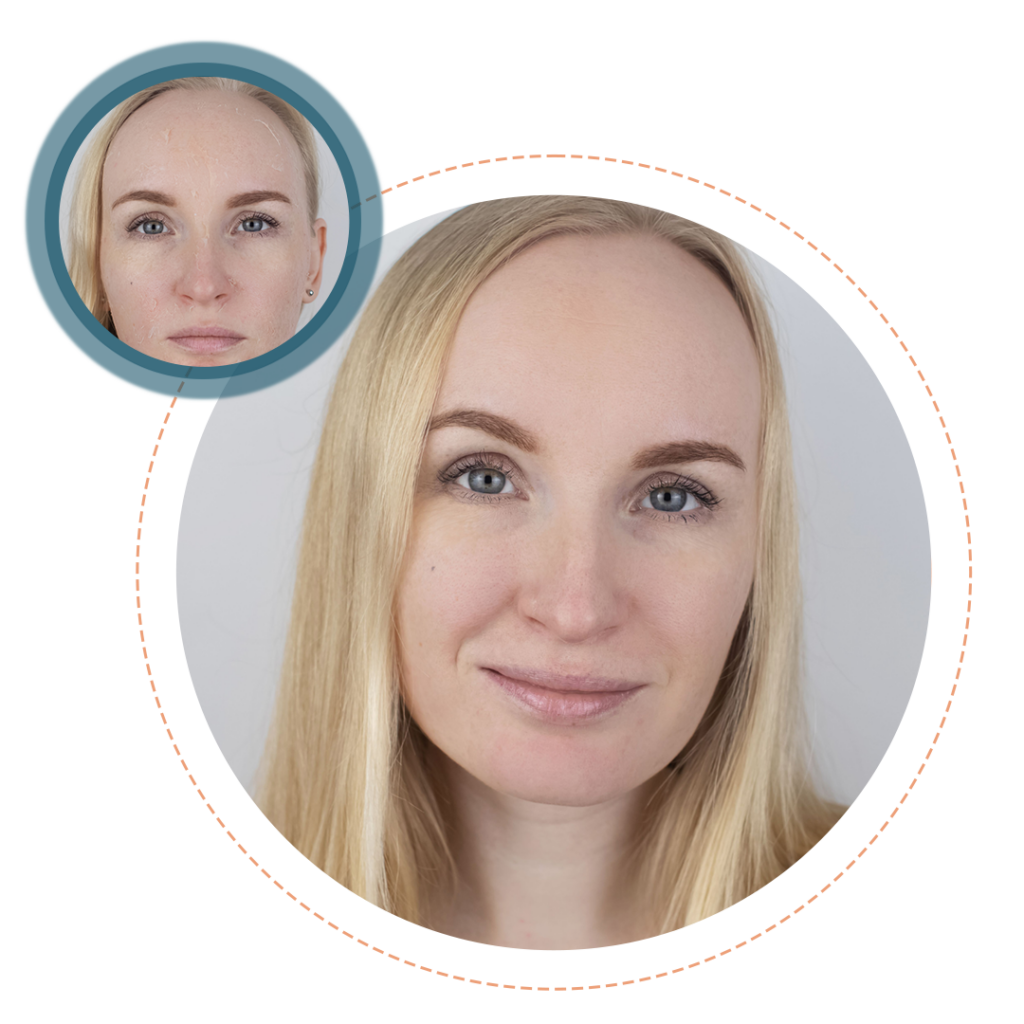
What is Hair Transplant?
Overview Hair transplant surgery is a highly effective procedure designed to restore hair to areas affected by hair loss. It involves transplanting hair follicles from a donor site, usually the back or sides of the scalp, to the thinning or bald areas. This treatment is popular among individuals experiencing significant hair loss due to various factors such as genetics, aging, or trauma. Hair transplant surgery offers a permanent solution, helping patients regain their hair and confidence.
Causes Hair loss can be caused by a variety of factors including genetics (androgenetic alopecia), hormonal changes, medical conditions, medications, stress, and physical trauma or injury. These factors can lead to the weakening and eventual loss of hair follicles, resulting in thinning or bald patches on the scalp.
Solutions Hair transplant surgery addresses these causes by relocating healthy hair follicles to the affected areas. This surgical technique ensures that the transplanted hair grows naturally and blends seamlessly with the existing hair. The procedure helps in restoring a fuller, thicker head of hair and can significantly improve the patient’s appearance and self-esteem.
Types of Treatments
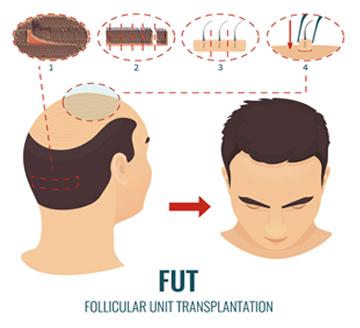
Follicular Unit Transplantation (FUT)
In this method, a strip of scalp is removed from the donor area, and individual hair follicles are extracted and transplanted to the balding areas. FUT is suitable for patients needing a large number of grafts.
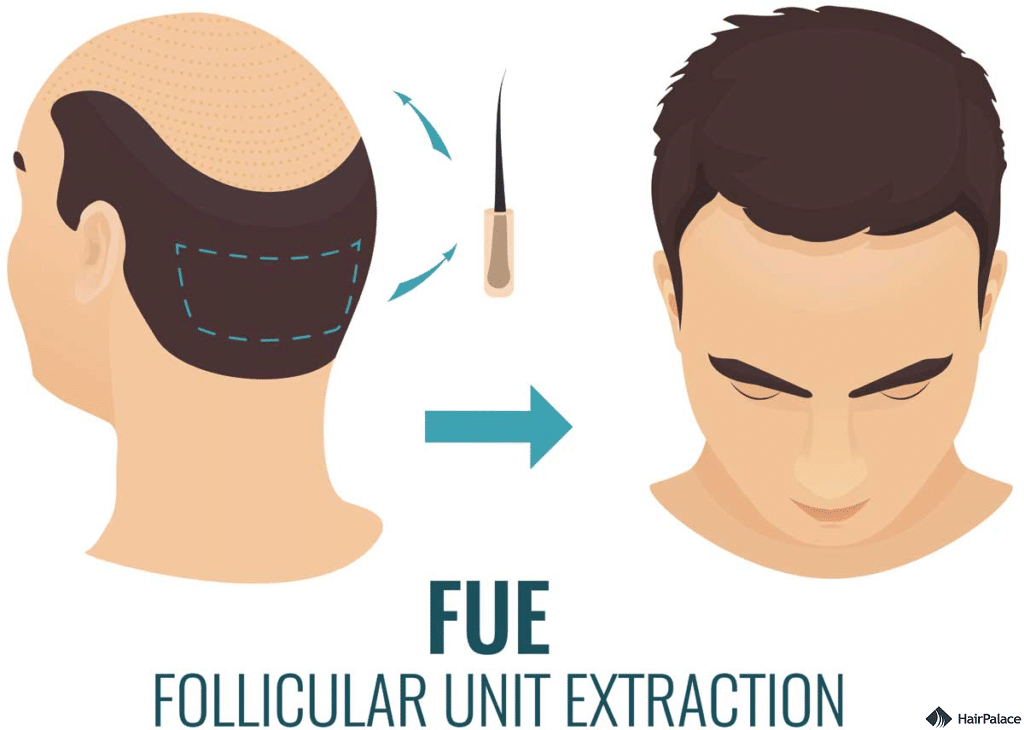
Follicular Unit Extraction (FUE)
This technique involves extracting individual hair follicles from the donor area and transplanting them to the recipient site. FUE is less invasive than FUT and results in minimal scarring, making it a popular choice.
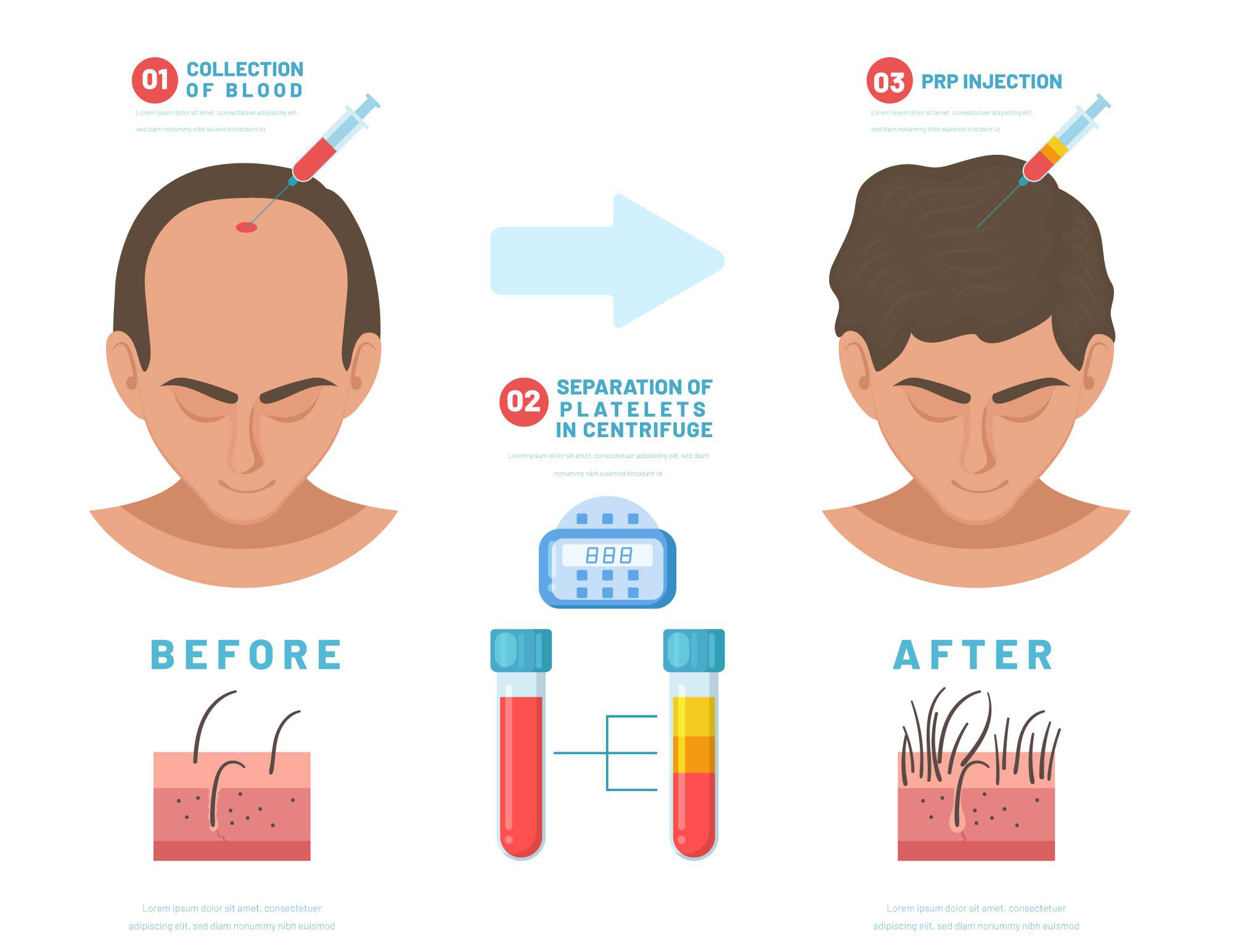
platelet-rich plasma therapy
PRP (platelet-rich plasma)therapy for hair loss is a three-step medical treatment in which a patient’s blood is drawn, processed, and then injected into the scalp.PRP injections in to the hair loss area trigger natural hair growth and maintain it by increasing blood supply to the hair follicle and increasing the thickness of the hair shaft. This approach is combined with other hair loss treatment procedures or medications.
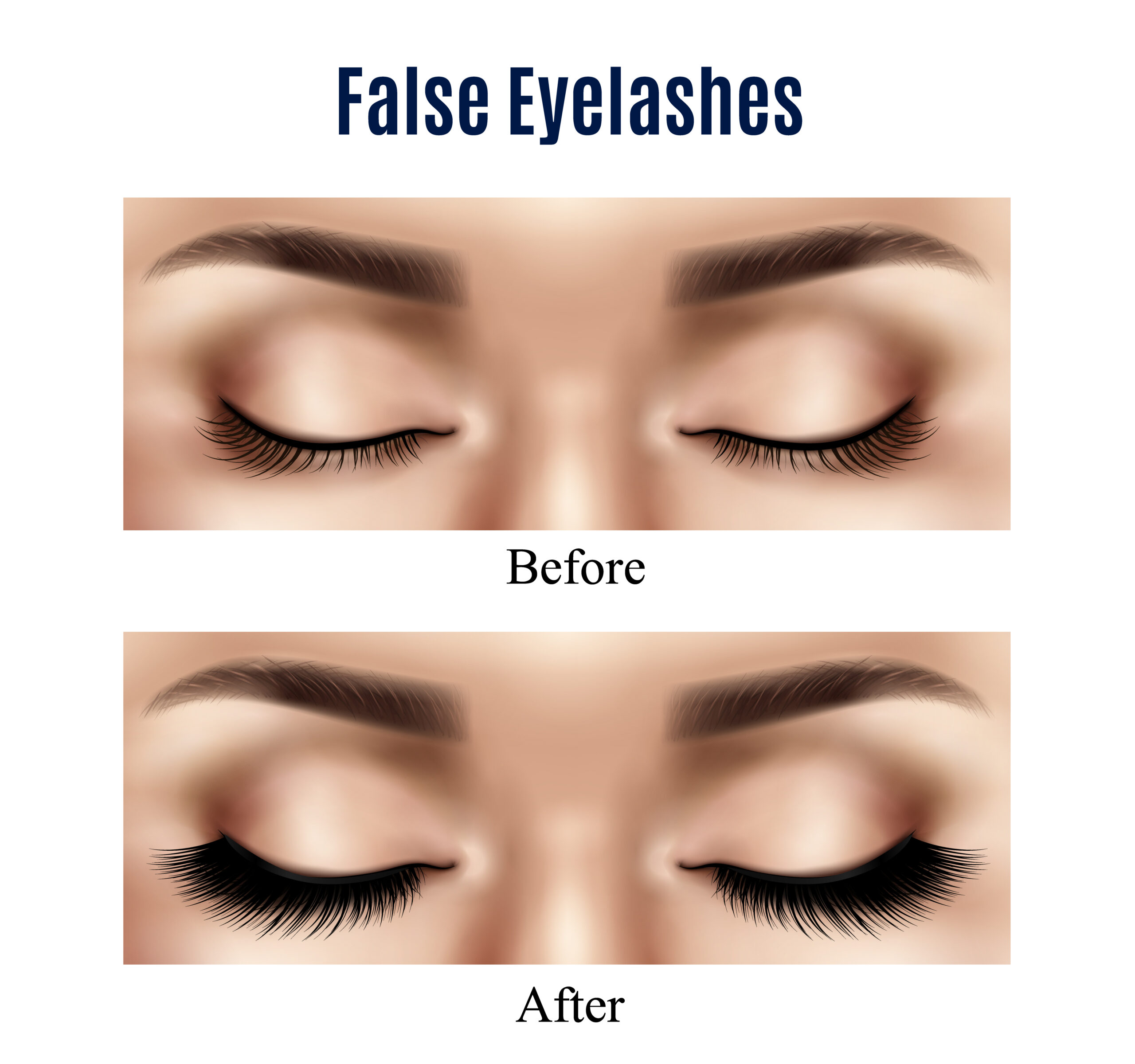
Eyelash Hair Transplant
Done in patients who want fuller eyelashes. The procedure involves harvesting hair from the scalp and individual implantation of the hair follicles into the eyelid margin. “The lashes can become misdirected, causing ocular irritation, infection, and corneal scarring.
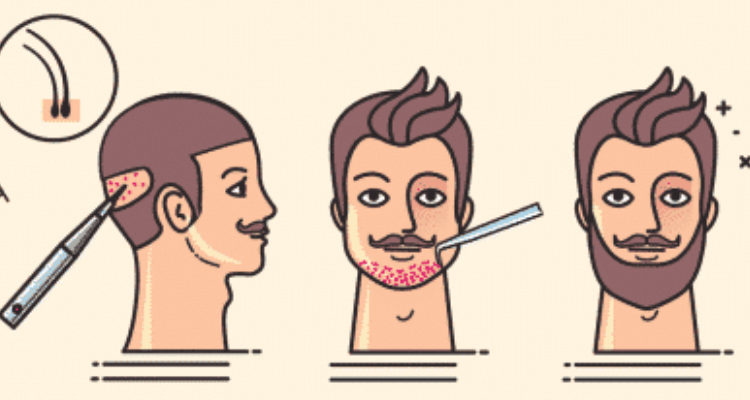
Beard and Moustache Hair Transplant
Beard and moustache hair transplant is a procedure generally done on the men who suffer from spotty or patchy loss of hair from goatee, other parts of the beard, sideburns or moustache.
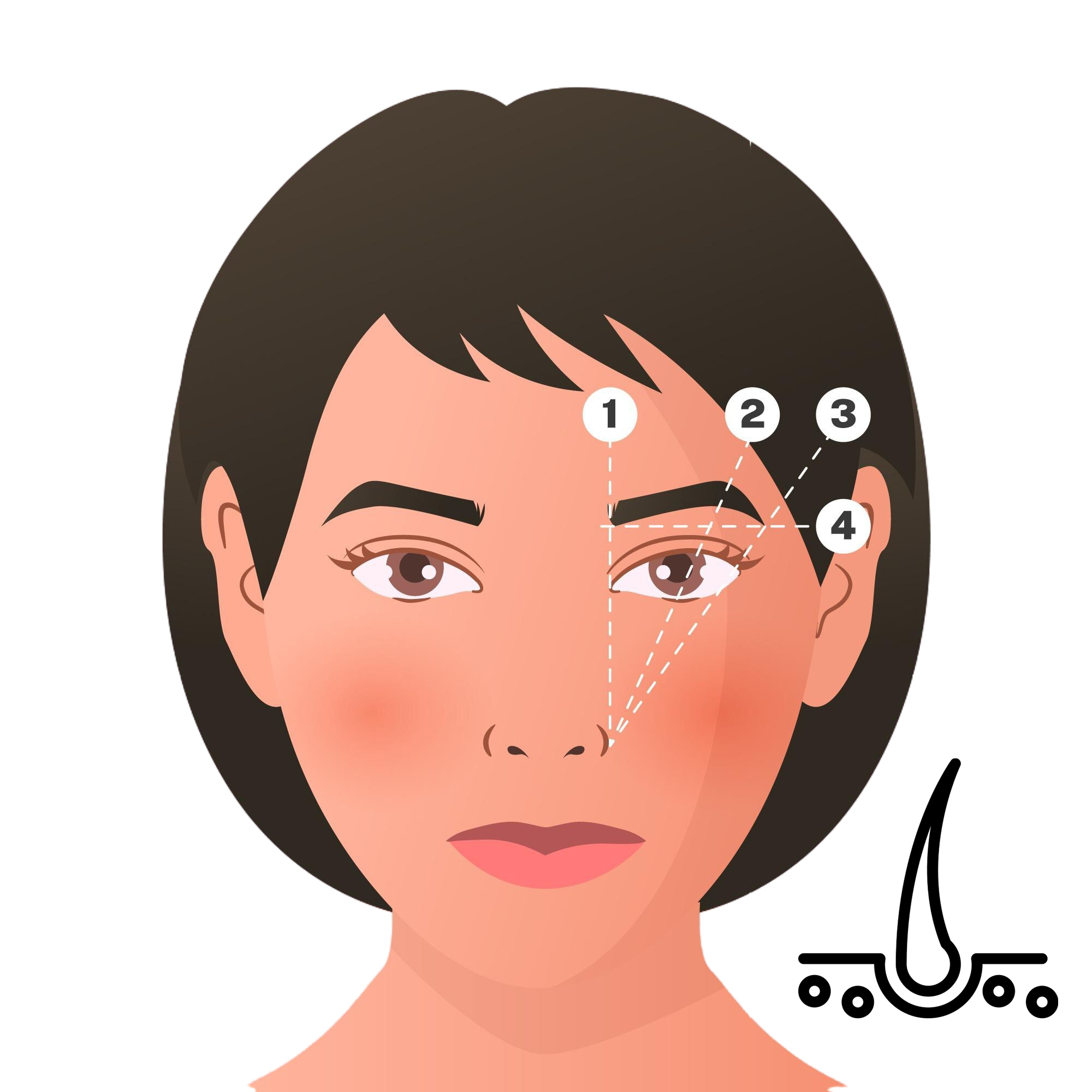
Eyebrow Hair Transplant
This procedure uses hair follicles from the scalp to restore or enhance the appearance of the eyebrows, providing a natural and fuller look.
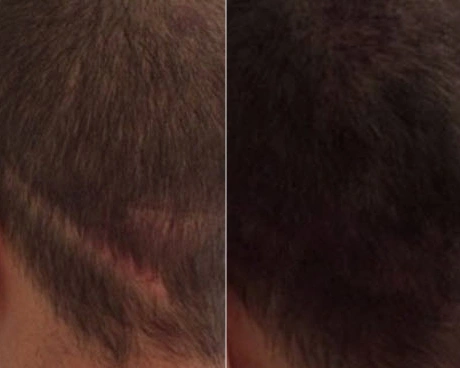
Hair Transplant in Scars
Hair follicles are transplanted to scarred areas on the scalp or face, helping to camouflage the scars and promote hair growth.
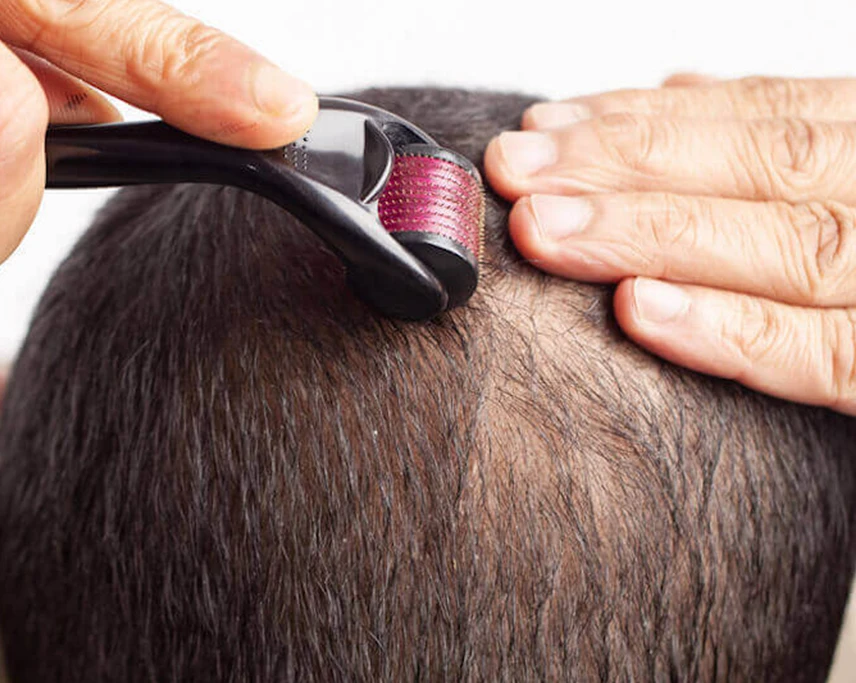
Derma Roller for Hair Loss
A device with microneedles is rolled over the scalp to stimulate hair follicles and increase blood flow. It can enhance the absorption of topical treatments and promote hair growth.
Surgery Procedures and Recovery Time
Procedure The hair transplant procedure typically starts with the administration of local anaesthesia. In FUT, a strip of scalp is removed and dissected into individual grafts, while in FUE, individual follicles are extracted directly from the donor area. These grafts are then carefully transplanted into tiny incisions made in the recipient site. The procedure can take several hours depending on the number of grafts required.
Recovery
Recovery from hair transplant surgery involves a few key stages. Initially, there will be some swelling and discomfort in the treated area, which can be managed with prescribed medications. Most patients can return to work within a week, although strenuous activities should be avoided for at least two weeks. The transplanted hair will fall out after a few weeks, but new growth will begin within a few months, with full results visible after about a year.
Video About Treatment
FAQ
Hair loss can affect just the hair on scalp or entire body. Although it’s more prevalent in older adults, excessive hair loss can occur in children as well.
It is normal to lose between 50 and 100 hairs a day. With about 100,000 hairs on your head, that small loss isn’t noticeable. New hair normally replaces the lost hair, but this doesn’t always happen. Hair loss can develop gradually over years or happen abruptly. Hair loss can be permanent or temporary.
It’s impossible to count the amount of hair lost on a given day. You may be losing more hair than is normal if you notice a large amount of hair in the drain after washing your hair or clumps of hair in your brush. You might also notice thinning patches of hair or baldness.
If you notice that you’re losing more hair than usual, you should discuss the problem with your doctor. They can determine the underlying cause of your hair loss and suggest appropriate treatment plans.
PRP therapy typically consists of three treatments in a 4–6 week period, with maintenance treatments every 4–6 months.
The most common cause of hair loss is hereditary male- or female-pattern baldness. If patient have a family history of baldness, they may have this type of hair loss. Certain sex hormones can trigger hereditary hair loss. It may begin as early as puberty.
In some cases, hair loss may occur with a simple halt in the cycle of hair growth. Major illnesses, surgeries, or traumatic events can trigger hair loss. However, your hair will usually start growing back without treatment. Hormonal changes associated with pregnancy, childbirth, discontinuing the use of birth control pills, and menopause can cause temporary hair loss.
Medical conditions that can cause hair loss include thyroid disease, alopecia areata (an autoimmune disease that attacks hair follicles), and scalp infections like ringworm. Diseases that cause scarring, such as lichen planus and some types of lupus, can result in permanent hair loss because of the scarring.
Hair loss can also be due to medications used to treat cancer, high blood pressure, arthritis, depression, and heart problems.
A physical or emotional shock may trigger noticeable hair loss. Examples of this type of shock include a death in the family, extreme weight loss, or a high fever. People with trichotillomania (hair-pulling disorder) have a compulsion to pull out their hair, usually from their head, eyebrows, or eyelashes. Traction hair loss can be due to hairstyles that put pressure on the follicles by pulling the hair back very tightly.
A diet lacking in protein, iron, and other nutrients can lead to thinning hair.
Persistent hair loss often indicates an underlying health issue and able to diagnose hair loss based on a physical examination and health history. In some cases, simple dietary changes can help, along with switching prescription medications.
If there is any sign of autoimmune or skin disease, biopsy from the scalp is to be done.This will involve carefully removing a small section of skin for laboratory testing. It’s important to keep in mind that hair growth is a complex process, so it may take time to determine the exact cause of your hair loss.
Medications will likely be the first course of treatment for hair loss. Medications generally consist of topical creams and gels that you apply directly to the scalp. The most common products contain an ingredient called minoxidil (Rogaine) and may recommend minoxidil in conjunction with other hair loss treatments. Side effects of minoxidil include scalp irritation and hair growth in adjacent areas, such as your forehead or face.
Oral medication finasteride (Propecia) is also prescribed for male-pattern baldness. Take this medication daily to slow hair loss. Topical minoxidil along with finasteride also available. Some men experience new hair growth when taking finasteride. Rare side effects of this medication include diminished sex drive and impaired sexual function.
There are things you can do to prevent further hair loss. Don’t wear tight hairstyles like braids, ponytails, or buns that put too much pressure on your hair. Over time, those styles permanently damage your hair follicles. Try not to pull, twist, or rub your hair. Make sure you have a balanced diet, and that you’re getting adequate amounts of iron and protein.
Certain beauty regimens can actually worsen or cause hair loss. If you’re currently losing hair, use a gentle baby shampoo to wash your hair. Unless you have extremely oily hair, consider washing your hair only every other day. Always pat the hair dry and avoid rubbing your hair.
Styling products and tools are also common culprits in hair loss. Examples of products or tools that can affect hair loss are blow dryers, heated combs, hair straighteners, coloring products, bleaching agents, perms, and relaxers. If you decide to style your hair with heated tools, only do so when your hair is damp or dry. Also, use the lowest settings possible.
PRP (platelet-rich plasma)therapy for hair loss is a three-step medical treatment in which a patient’s blood is drawn, processed, and then injected into the scalp.
PRP injections in to the hair loss area trigger natural hair growth and maintain it by increasing blood supply to the hair follicle and increasing the thickness of the hair shaft. This approach is combined with other hair loss treatment procedures or medications.
PRP therapy typically consists of three treatments in a 4–6 week period, with maintenance treatments every 4–6 months.
Most people can continue their daily activities following PRP injections. PRP injections are intended to promote growth of hair, you may not notice an immediate difference after receiving the injections. However, in several weeks or months, you may observe that the area is growing more hair.
Hair replacement isn’t a good option for:
- Women with a widespread pattern of hair loss throughout the scalp
- People who don’t have enough “donor” hair sites from which to remove hair for transplant
- People who form keloid scars (thick, fibrous scars) after injury or surgery
- People whose hair loss is due to medication such as chemotherapy
PRP therapy typically consists of three treatments in a 4–6 week period, with maintenance treatments every 4–6 months.
Side effects from a hair transplant are usually minor and clear up within a few weeks. They can include:
- Bleeding
- Infection
- Swelling of the scalp
- Bruising around the eyes
- A crust that forms on the areas of the scalp where hair was removed or implanted
- Numbness or lack of sensation on the treated areas of the scalp
- Itching
- Inflammation or infection of the hair follicles, which is known as folliculitis
- Shock loss, or sudden but typically temporary loss of the transplanted hair
- Unnatural-looking tufts of hair
Patient needs to take medications following hair transplant surgery, such as:
- Pain medication
- Antibiotics to reduce your risk of infection
- Anti-inflammatory medications to keep swelling down
Most people can return to work several days after surgery.
It’s normal for the transplanted hair to fall out two to three weeks after the procedure. This makes way for new hair growth. Most people will see some amount of new hair growth eight to 12 months after surgery.
Many doctors prescribe minoxidilor the hair growth medication finasteride to improve hair regrowth. These medications also help slow or stop future hair loss.
Yes. Hairs in the beard, chest and pubic hairs also used for hair transplant. In persons withinadequate donor hairs in the head, these hairs are used for hair transplant to cover the bald area.
The absence of hair can be due to genetics, prior electrolysis or laser hair removal, over-plucking, thyroid or other hormonal abnormalities, or trauma due to surgery, burns or because of accidents.
The donor hairs from the scalp which, when transplanted into the eyebrows, continue to grow for a lifetime and therefore need to be trimmed typically once a month.
This procedure typically involves the placement of 50 to as many as 200 hairs into each eyebrow, depending upon the existing amount of hair and the desired size and density.
This is a very delicate procedure, requiring perfect placement of these hairs into very small incisions that are angled at just the right direction and positioned to mimic natural growth. The use of all-microscopically dissected grafts allows their placement into the smallest possible incisions so as to minimize scarring and damage to already existing hairs.
The transplanted hairs fall out at around 10 to 14 days, then start to regrow at three months, where they will continue to grow for a lifetime.
Full beard may need 2,500 follicles for good result.
About two to three weeks after the beard transplant surgery, the donor hair will all fall out and the roots take hold. The patient can shave his new beard as if it were normal hair, and it will grow back.
